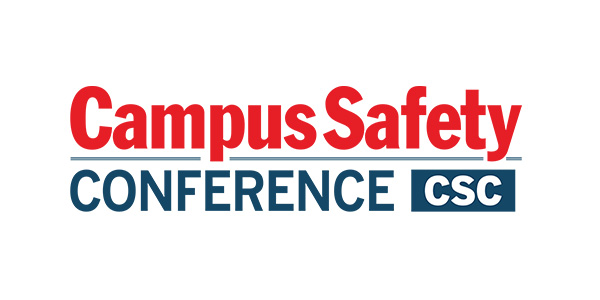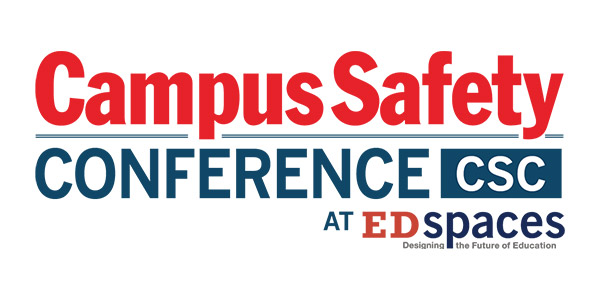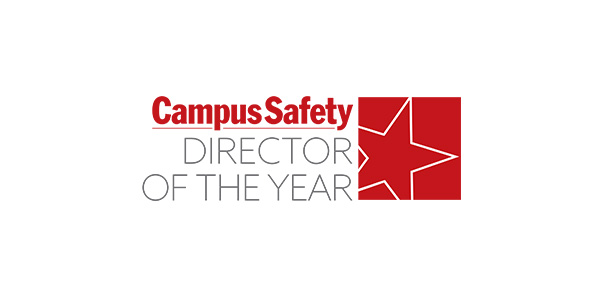According to a 2025 survey of security professionals by Allegion, 96% of respondents indicated that credential interoperability is an important aspect of an access control solution. When asked about the new access control trends and technology, 65% of respondents indicated that end users are fast or extremely fast to adopt new trends and technology. However, 46% of respondents surveyed cited existing technology, as well as cost and budget as barriers. Despite this, many solution providers continue to deploy proprietary technology.
Related Article: 2025 Access Control Predictions: AI, the Cloud and Mobile Credential Applications to Expand
This article highlights why campuses should consider interoperable solutions.
Open Technology Enables Best-In-Class User Experience
Solutions designed with open technology enable flexibility to meet not only today’s needs, but future needs as well. Investing in an access control solution is a large commitment. Often it requires the buy-in of multiple decision makers who are concerned that the investment will be outdated in two to three years.
Adopting a differentiated solution — one that is developed with open technology — can enable a campus to migrate to newer technology without the need, in many cases, to rip and replace existing hardware.
What’s the Difference Between Proprietary and Non-Proprietary Credentials Technology?
Interoperability and non-proprietary encryption keys are two strategic considerations in evaluating the right access control credential, card reader, intelligent lock and third-party hardware. Proprietary encryption keys are owned by the manufacturer and will not be shared with the end user, limiting flexibility and locking them in. On the other hand, non-proprietary encryption keys can be owned by the end user or possession of the key can be requested from the manufacturer at any time.
Contrasting the two, where proprietary keys are limiting, non-proprietary keys can make it easier to deploy the most cost-effective solution across multiple manufacturers. Without the flexibility granted by these two vital features in access control solutions and credentials, end users may find themselves locked into systems that can be difficult and costly to break away from. They may also be stuck with only one brand or type of product that is unable to be used with diverse technology and hardware environments.
Additionally, proprietary encryption keys limit interoperability and confine users to the manufacturer’s hardware or ecosystem. If the technology no longer serves the need of the campus end user, they may be left without access to encryption keys or the ability to upgrade.
Related Article: How College Mobile Credentials Enhance Inclusion, Retention, and Safety
With the increase in manufacturers and ever-evolving technology, taking into considering these issues can help futureproof a campus access control system.
The Path to Mobile Credentials
Interoperability is of greater importance as campuses prepare to move to mobile credentials, whether today or five years from now. Part of the appeal of mobile credentials is the convenience of the credential holder’s experience. This is why, for a mobile credential to be successful, the ability to use them everywhere a physical card would be used is imperative.
As organizations and institutions prepare to go mobile, they will need to audit the types of applications a physical card is used for today and build an ecosystem of interoperable devices and systems to support that seamless experience.
The Power of Choice Can Be a Differentiator
Campuses have the power of choice. From physical credentials to mobile credentials, there is a wide range of options that help make access control more convenient for the campus community.
The goal is to create an ecosystem with compatible solutions that all work together and provide students, faculty and staff with a seamless experience. Open technology and custom encryption keys can be the differentiators.
Brian Telljohann is the director of product management for electronic solutions at Allegion. This article originally appeared in CS’ sister publication Security Sales & Integration and has been edited.
NOTE: The views expressed by guest bloggers and contributors are those of the authors and do not necessarily represent the views of, and should not be attributed to, Campus Safety.







